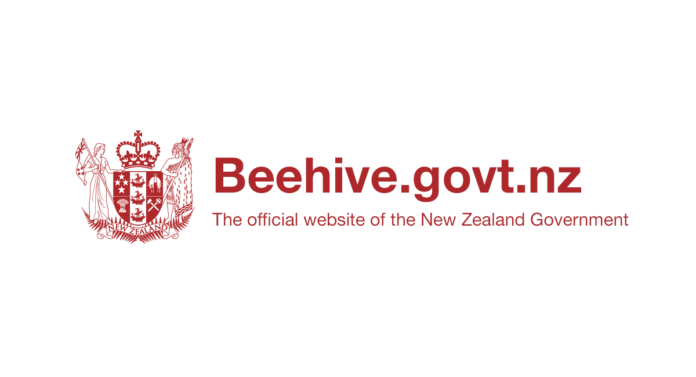Source: New Zealand Government
Kai and manaakitanga are the focus of an initiative, aimed at supporting Māori to achieve their economic and community goals.
Te Kete Haumaru Kai (the Food Safety Kit) pilot has been launched today at Moerewa’s Te Rito Marae, by Minister for Food Safety Dr Ayesha Verrall.
It’s a tool kit of resources such as flip charts, posters, magnets, thermometers and videos, which will make it easier for marae to provide and sell kai to visitors.
Ayesha Verrall said: “The Kete brings a mātauranga Māori perspective to managing food safety risks, and translates Food Act legislation into practical marae based food rules.
“This is a genuine partnership – a culmination of two years of mahi for hāpu who want to maximise the opportunities brought by tourists riding the Pou Herenga Tai cycle trail in Northland.”
The initiative began in 2018, when the Pou Herenga Tai Twin Coast Cycle Trail Trust reached out to New Zealand Food Safety, to support hapū development and assist marae in a commercial space to offer kai and accommodation.
“I’m excited to see how this collaboration can support the economic potential of Māori owned and operated businesses to thrive through employment, tourism, skills development and much more.”
The six-month Kete pilot will run in six marae near the Northland cycle trail – Te Rito, Kohewhata, Ōkorihi, Ngāwhā, Parawhenua and Te Tii.
“Te Kete Haumaru Kai is being designed to be relevant for all marae, and we welcome conversations with others around the country about how the Kete could work for them,” said Ayesha Verrall.
The Kete was developed in partnership between local Ngāpuhi hāpu, Pou Herenga Tai Twin Coast Cycle Trail Trust, Far North District Council, New Zealand Food Safety (part of the Ministry for Primary Industries) and Northland Inc.
- The Kete is an interactive bilingual Te Reo Māori/English toolkit containing requirements, guidance, flip charts, posters, stickers, magnets, thermometer and videos.
- It was co-designed for marae near the Pou Herenga Tai Twin Coast Cycle Trail, so they can provide and sell safe and suitable kai to manuhiri, while supporting the local economy and food production.
- At the end of the six month pilot, the Kete will be assessed and changes will be made if necessary



